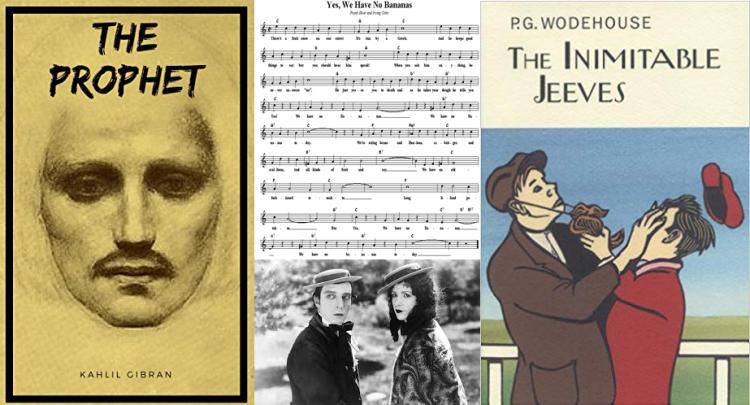
For the first time in over twenty years, we will see an abundance of creative works pass into the public domain. On January 1, 2019, a wealth of literature, art, music, movies, and other creative works that had an authorized copyright in 1923 will lose their copyright protections and enter into the public domain. Upon entering the public domain, anyone is free to copy, adapt, and share these works without permission or fees.
Why do works eventually lose their copyright? Copyright is a careful balance between protecting the rights of creators and enabling new innovation. An essential element of copyright law is that works do not stay protected forever. Copyright is “the legal term used to describe the rights that creators have over their literary and artistic works” (WIPO), and it grants creators with exclusive rights to reproduce, perform, display, distribute, and prepare derivative works. However, in order to foster continued creativity, copyright terms eventually come to an end. The length of a copyright term varies by country and several other factors. In the United States, copyright terms have undergone changes due to various legislation, such as the Copyright Term Extension Act, and actions taken by congress (learn more about US copyright terms and EU copyright terms.)
Here are a few works from 1923 that enter the public domain on January 1, 2019:
- Kahlil Gibran, The Prophet
- D.H. Lawrence, Kangaroo
- Henri Matisse, Odalisque With Raised Arms
- Edith Wharton, A Son at the Front
- Bambi by Felix Salten, illustrated by Barbara Cooney
- The Complete Works of Anthony Trollope
Check out other works entering the public domain.
Many organizations, libraries, and archives are working to make these available on or soon after January 1:
Hathi Trust | Internet Archive | Google Books | Project Gutenberg
Just because a work hasn’t entered the public domain yet doesn’t mean it can’t be used at all. Some uses of copyrighted works are protected under Fair Use. Works may also enter into the public domain if a rights holder dedicates the work to the public domain at an earlier time. They may do so with the Creative Commons legal tool, CC0. Would you like to learn more about creative commons licenses and the open culture they inspire? Visit our Creative Commons guide.
While you are free to reuse, adapt, translate, or build new creative works from these public domain materials, in the commons’ spirit of sharing, we recommend that you follow the Creative Commons Public Domain Guidelines.
CU Boulder Libraries OER Leads: Melissa H. Cantrell, Merinda McLure, and Caroline Sinkinson.
